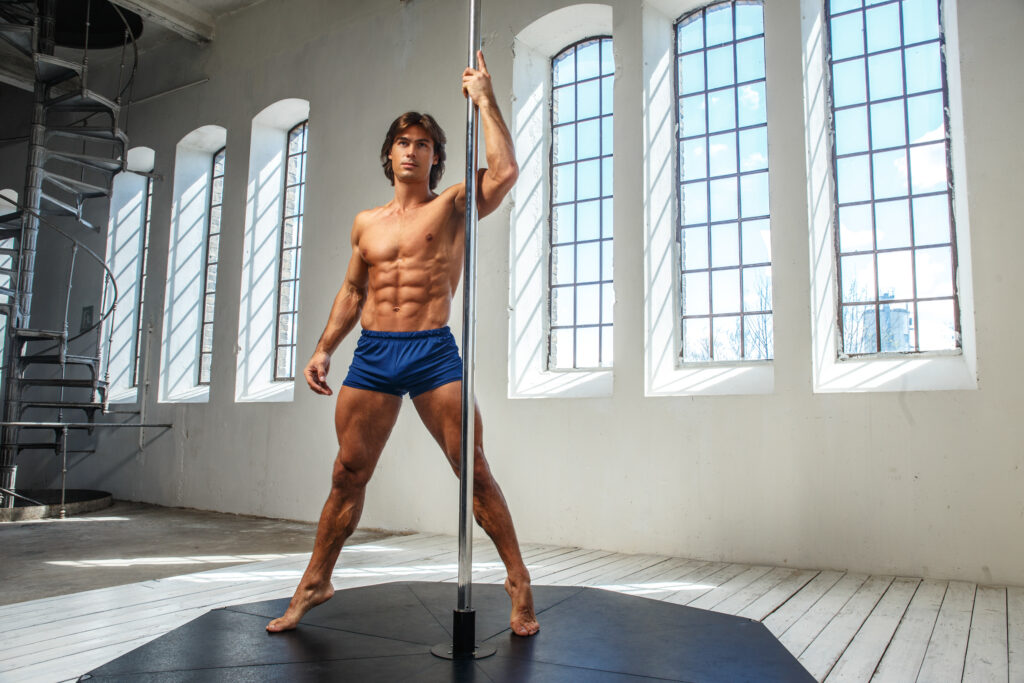Everyone’s body is unique, and while the muscles making up the “six-pack” – known as the rectus abdominis – are present in all of us, not everyone will visibly display a six-pack, even if they’re in good physical shape. There are a few reasons for this.
First, genetics plays a significant role. Some individuals naturally store more fat in their abdominal region, which can cover the underlying muscles. No matter how much they train or how lean they get, they might not achieve the sharp definition seen in classic six-pack abs.
Second, body fat percentage is crucial. To see the six-pack, you need a low enough body fat percentage for the muscle definition to show. For men, this is typically around 6-12% body fat, and for women, it’s approximately 16-20%. However, these numbers can vary based on individual differences. Some people might need to get even leaner to see their abs, while others might see them at slightly higher percentages.
Additionally, the thickness and development of the abdominal muscles themselves play a role. Through exercises like crunches, leg raises, and planks, the rectus abdominis muscle can be strengthened and become more pronounced. But just as with other muscles in the body, their size and shape can be influenced by genetics.
Diet also plays a crucial role. Even with a rigorous workout routine, if your diet isn’t in check, achieving visible abs can be challenging. As the saying goes, “abs are made in the kitchen.”
Lastly, it’s important to note that having visible abs isn’t necessarily an indicator of overall health or fitness. Many athletes and highly fit individuals might not have a pronounced six-pack but are in excellent physical condition. It’s just one of many fitness goals people might have, but it’s not the only measure of physical health or achievement.
While everyone has the muscles that can form a six-pack, various factors, including genetics, body fat percentage, muscle development, and diet, will determine whether or not they’re visible.

